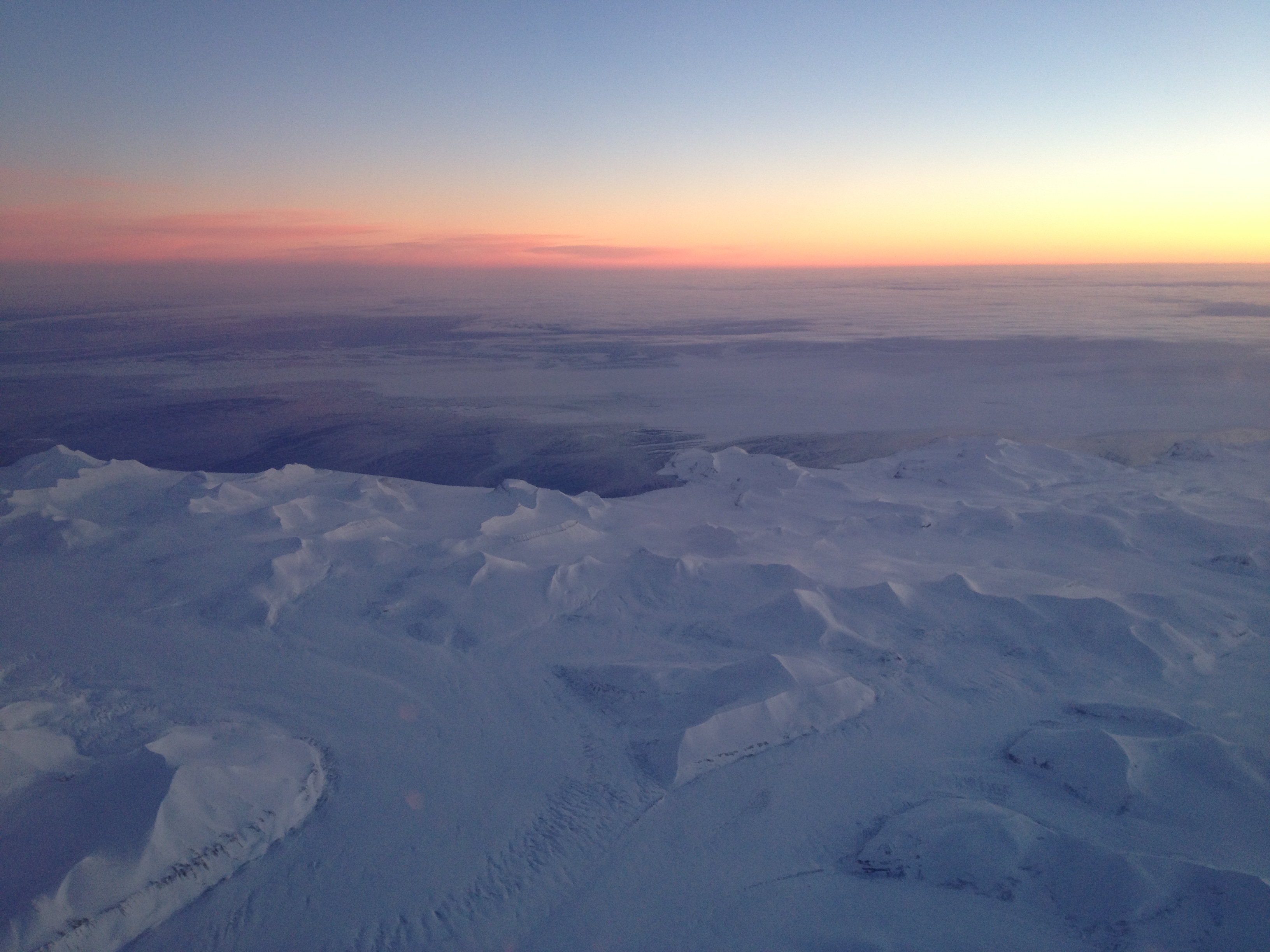PhD update: January 2016
PhD update: further work on calving behaviour, what's next for this work, and beginning a month in Svalbard
This month I continued with the work concerning calving behaviour by creating more examples of different calving styles and thinking about how this can be encapsulated in a theoretical idea. The GIFs below have been valuable for showing how different calving styles are evident at Tunabreen and Kronebreen.
Tunabreen generally has small, frequent calving events, which have often been difficult to distinguish in our high-frequency time-lapse sequence. The sequence from Kronebreen shows that calving events are bigger and infrequent. Subaqueous calving events (ice originating from below the waterline) are similar at Tunabreen and Kronebreen in both size and frequency.
From closely examining our high-frequency time-lapse sequences from Tunabreen and Kronebreen, we can see that calving behaviour is largely controlled by three components:
1. Upglacier dynamics Including velocity, effective pressure, melt rate, and crevasse propagation rate
2. Fjord dynamics Including fjord geometry, temperature, salinity and circulation
3. Plume dynamics Including plume location, glacier hydrology regime and glacier melt rate
The upglacier dynamics drive the drawdown of ice, whilst the fjord dynamics and plume dynamics promote submarine melting at the glacier front. The Fjord dynamics cause uniform melting at the glacier front, and the plume dynamics cause concentrated melting at discrete areas of the glacier front. Calving behaviour is dictated by the magnitude of each of these influences, and the relative influence i.e. which component has prevailing control. Small, frequent calving is seen at Tunabreen because of the weak control and magnitude of the upglacier dynamics, with slow surface velocities and a smaller stress environment to form crevasses. Larger, infrequent calving is seen at Kronebreen because there is a much faster drawdown of ice to the calving front, increasing the magnitude and control of upglacier dynamics.
Our next step to further this work is to compare these observations to longer-term records of calving. Seismicity records at Kronebreen and Tunabreen have been collected over the last 5 years, and have provided interesting insights into the rate of calving. Along with the high-frequency time-lapse observations, work is now being done to better detect different calving styles in the seismicity records.

Flying into Longyearbyen, Svalbard (February 2016)
Next month I am in Svalbard demonstrating on the AG-325/825 Glaciology course that is run at the University Centre in Svalbard (UNIS). The twilight periods here in the day provide amazing lighting over the landscape. I will most likely be staring at views like this (above) rather than working on my PhD.
